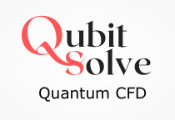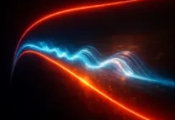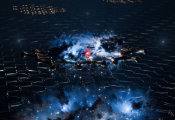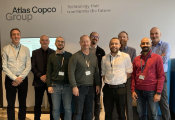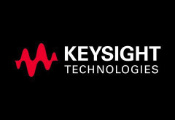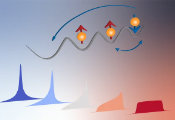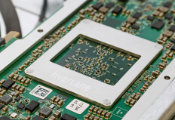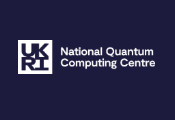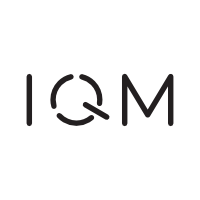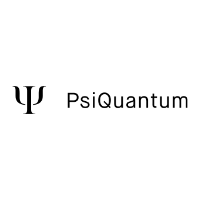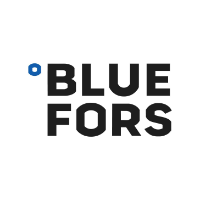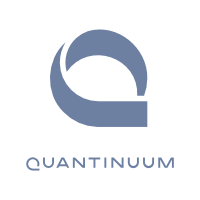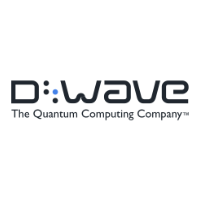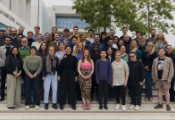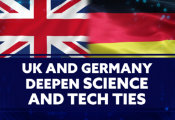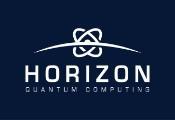Amplifying collective light emission with atomic interactions
October 10, 2025 -- A team of physicists from the Faculty of Physics at the University of Warsaw, the Centre for New Technologies at the University of Warsaw (Poland), and Emory University (Atlanta, USA) analysed how atoms’ mutual interactions change the way they collectively interact with light. In a paper just published in Physical Review Letters, the researchers extend established models of this phenomenon. By showing that direct atom-atom interactions can strengthen a collective burst of light known as superradiance, the team points to new opportunities for quantum technologies.
Light-matter systems place many emitters (e.g., atoms) in the same optical mode of a cavity. This mode is a pattern of light confined between closely spaced mirrors, and it enables collective effects absent for isolated atoms. A central example is superradiance: a quantum collective effect where many atoms radiate in phase, producing light much stronger than the sum of the individual emitters. In general, studies of this phenomenon assume that light-matter coupling dominates. The whole ensemble is then modeled as a single “giant dipole” uniformly coupled to the cavity field, which mediates infinite-range interactions. “Photons act as mediators that couple each emitter to all others inside the cavity,” says João Pedro Mendonça, the first author of the article, who completed his PhD at the Faculty of Physics of the University of Warsaw and is now working as a researcher at the Centre for New Technologies. In real materials, however, neighboring emitters also influence each other through short-range dipole-dipole interactions, which are often neglected. This work asks what changes when intrinsic atom-atom interactions are restored. The study shows that these interactions can either compete with or reinforce the photon-mediated interactions that drive superradiance. Understanding this balance is essential for interpreting experiments in regimes where light and matter significantly influence each other.
Entanglement lies at the core of the joint light-matter response. Yet many numerical and analytical approaches treat light and matter as independent, which effectively washes out that link. “Semiclassical models greatly simplify the quantum problem but at the cost of losing crucial information; they effectively ignore possible entanglement between photons and atoms, and we found that in some cases this is not a good approximation,” the authors explain. The study introduces a computational approach that keeps entanglement explicit, capturing correlations both within and across the subsystems. Using this method, the authors show that intrinsic interactions between nearby emitters can lower the threshold for superradiance and reveal a previously overlooked ordered state with superradiant properties. Taken together, the results show that accounting for entanglement is essential to chart the full set of states in light-matter systems.
Beyond fundamental interest, cavity light-matter platforms underpin emerging quantum technologies. A prominent example is quantum batteries: devices that, in principle, can charge and discharge faster and more efficiently by exploiting collective quantum correlations. Superradiant dynamics can accelerate both charging and discharging, improving energy-transfer efficiency. This study clarifies how microscopic interactions between nearby emitters shape those dynamics: by shifting the conditions required for superradiance and steering the system between states, these intrinsic interactions become tunable engineering parameters for designing optimal charging conditions in real materials and cavities. “Once you keep light-matter entanglement in the model, you can predict when a device will charge quickly and when it won’t. That turns a many-body effect into a practical design rule,” said João Pedro Mendonça. Similar control over light-matter correlations is also relevant for other platforms, including quantum networks and precision sensors.
The project originated from an international collaboration that combined expertise from multiple institutions. João Pedro Mendonça carried out multiple research visits to the United States, supported by the University of Warsaw “Excellence Initiative - Research University” (IDUB) program and the Polish National Agency for Academic Exchange (NAWA). Close collaboration played a key role in shaping the results. “This is a great example of how international mobility and collaboration can open the door to breakthroughs,” the team notes.
Faculty of Physics at the University of Warsaw
Physics and astronomy at the University of Warsaw appeared in 1816 as part of the then Faculty of Philosophy. In 1825, the Astronomical Observatory was established. Currently, the Faculty of Physics at the University of Warsaw consists of the following institutes: Experimental Physics, Theoretical Physics, Geophysics, the Department of Mathematical Methods in Physics, and the Astronomical Observatory. The research covers almost all areas of modern physics on scales from quantum to cosmological. The Faculty's research and teaching staff consists of over 250 academic teachers. About 1000 students and over 150 doctoral students study at the Faculty of Physics UW. The University of Warsaw is among the 300 best universities in the world, educating in the field of physics according to Shanghai’s Global Ranking of Academic Subjects.

